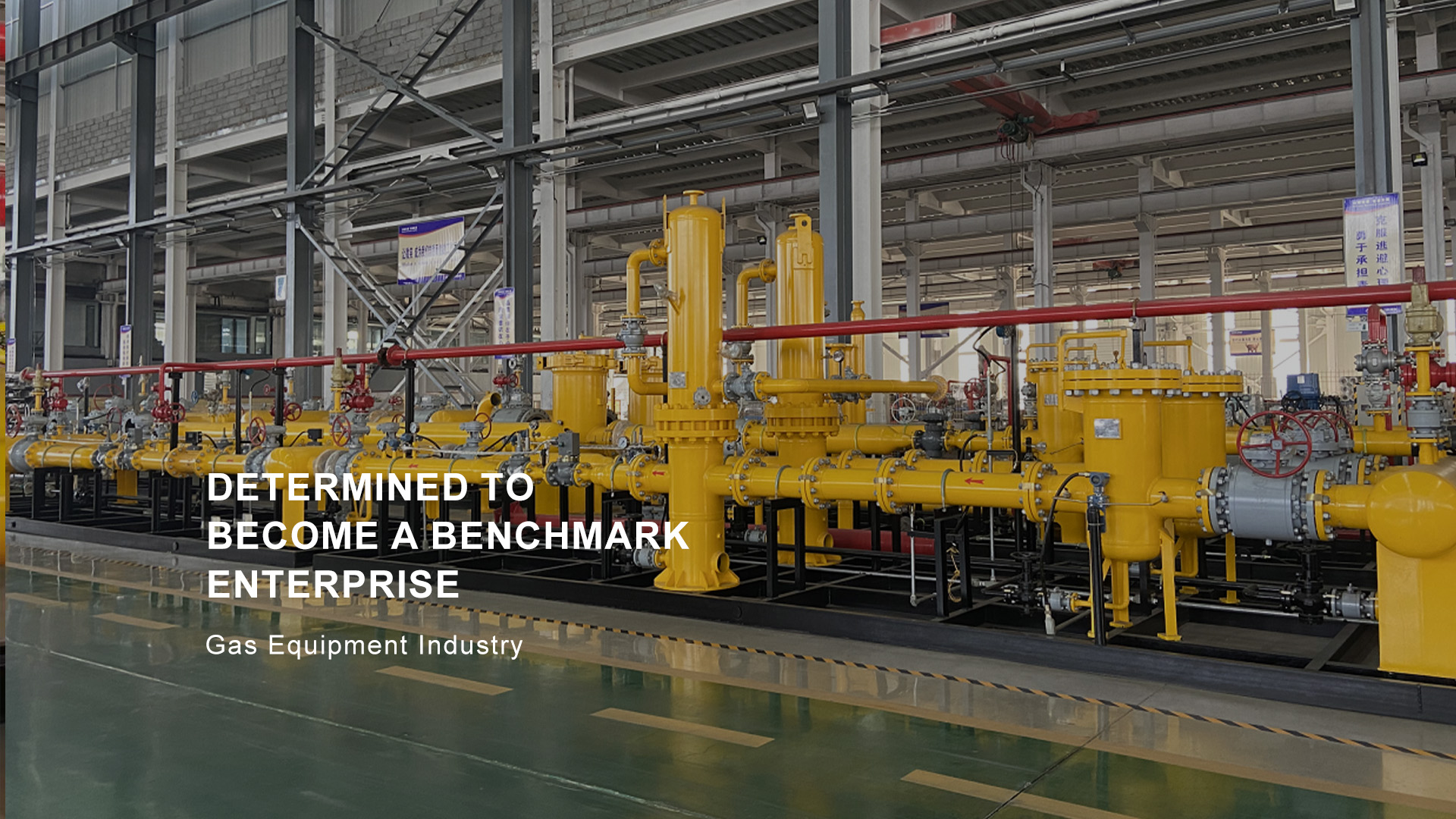
Oct . 12, 2024 04:53
Back to list
Understanding the Function and Importance of Relief Valves in Pressure Management Systems
Understanding Relief Valves A Key Component in Pressure Management
Relief valves play a crucial role in various industries, providing a vital safety mechanism for systems that operate under pressure. These devices are designed to prevent accidents that can occur due to excessive pressure build-up, ensuring the safety and reliability of machinery and equipment. In this article, we will explore the working principles of relief valves, their types, applications, and the importance of maintenance for optimal performance.
What are Relief Valves?
A relief valve is a safety device that automatically releases excess pressure from a system when it reaches a predetermined limit. Its primary function is to protect equipment from catastrophic failure due to overpressure conditions. Typically, these valves are found in systems involving fluids—liquids or gases—and are essential in maintaining safe operating conditions.
The basic operation of a relief valve involves a spring mechanism. When the pressure within a system exceeds the spring's preset level, the valve opens, allowing the excess pressure to escape. Once the pressure drops back to a safe level, the valve will close again, ensuring that the system returns to its normal operating condition.
Types of Relief Valves
There are several types of relief valves, each designed to handle different applications and operating conditions
1. Pressure Relief Valve (PRV) This is the most common type, used in various systems to control pressure levels. PRVs can be found in water supply systems, gas pipelines, and chemical processing plants.
2. Safety Valve Unlike PRVs, safety valves are typically used in steam systems. They are designed to release pressure in an emergency, preventing explosions or ruptures.
3. Safety Relief Valve This type combines features of both safety valves and pressure relief valves. It can handle both gas and liquid applications and is often used in petrochemical industries.
relief valves

4. Vacuum Relief Valve This valve prevents a vacuum from forming in a system, protecting it from collapse or damage, particularly in storage tanks.
Applications of Relief Valves
Relief valves are integral to numerous industries, including
- Oil and Gas These valves protect pipelines and storage facilities from pressure surges that could lead to leaks or explosions. - Chemical Manufacturing In chemical plants, relief valves manage pressure in reactors and vessels, safeguarding against chemical reactions that could generate excessive pressure. - HVAC Systems In heating, ventilation, and air conditioning units, relief valves help maintain proper pressure levels, enhancing system efficiency and safety.
- Water Supply Systems Relief valves prevent pipe bursts and ensure consistent water pressure, protecting infrastructure and providing reliable service.
Importance of Maintenance
To ensure the reliable performance of relief valves, regular maintenance is essential. Over time, components can wear out or become clogged with debris, affecting their functionality. A malfunctioning relief valve can compromise safety, leading to potentially dangerous situations.
Routine inspections should include checking for leaks, ensuring proper spring tension, and verifying that the valve opens and closes at the correct pressure settings. Additionally, operators should maintain accurate records of maintenance activities and any incidents related to the relief valves.
Conclusion
In summary, relief valves are indispensable components in ensuring the safe operation of pressurized systems. They protect equipment from excessive pressure, thus preventing potential accidents that could result in injury, environmental damage, or significant economic loss. Understanding the various types of relief valves, their applications, and the importance of routine maintenance can empower industries to implement effective pressure management strategies and foster a culture of safety in their operations. By prioritizing the functionality of relief valves, organizations can safeguard their people, assets, and the environment.
Latest news
-
Safety Valve Spring-Loaded Design Overpressure ProtectionNewsJul.25,2025
-
Precision Voltage Regulator AC5 Accuracy Grade PerformanceNewsJul.25,2025
-
Natural Gas Pressure Regulating Skid Industrial Pipeline ApplicationsNewsJul.25,2025
-
Natural Gas Filter Stainless Steel Mesh Element DesignNewsJul.25,2025
-
Gas Pressure Regulator Valve Direct-Acting Spring-Loaded DesignNewsJul.25,2025
-
Decompression Equipment Multi-Stage Heat Exchange System DesignNewsJul.25,2025

